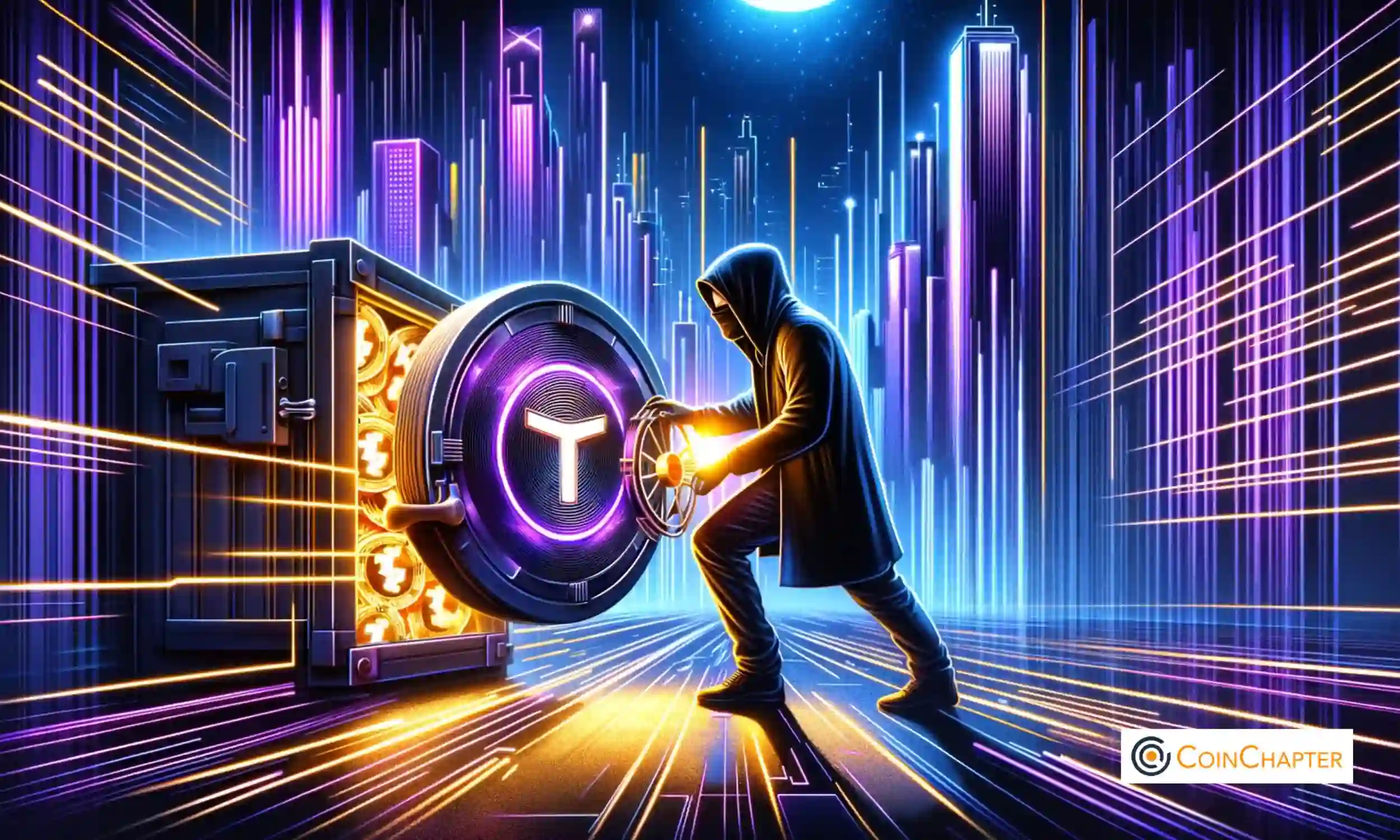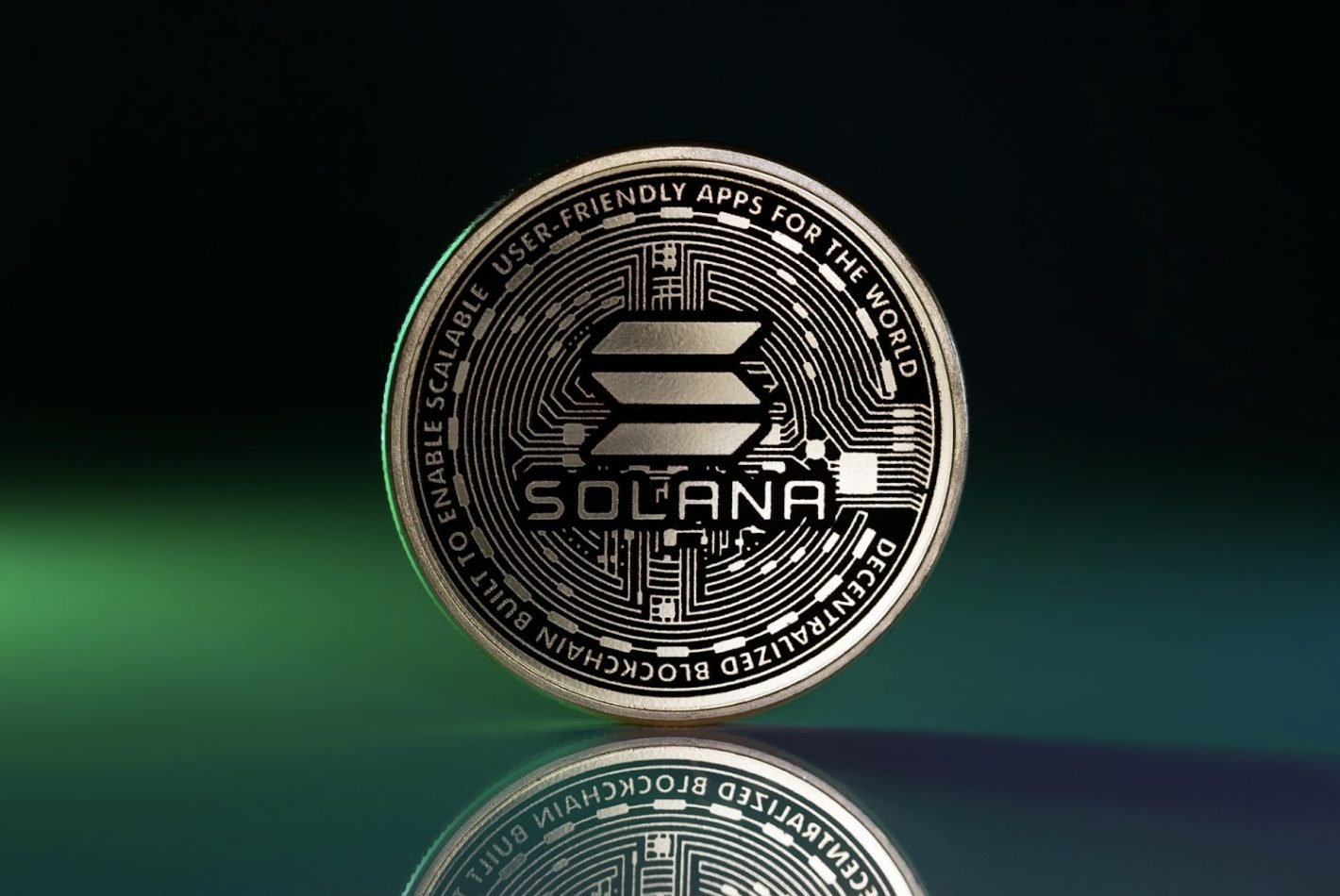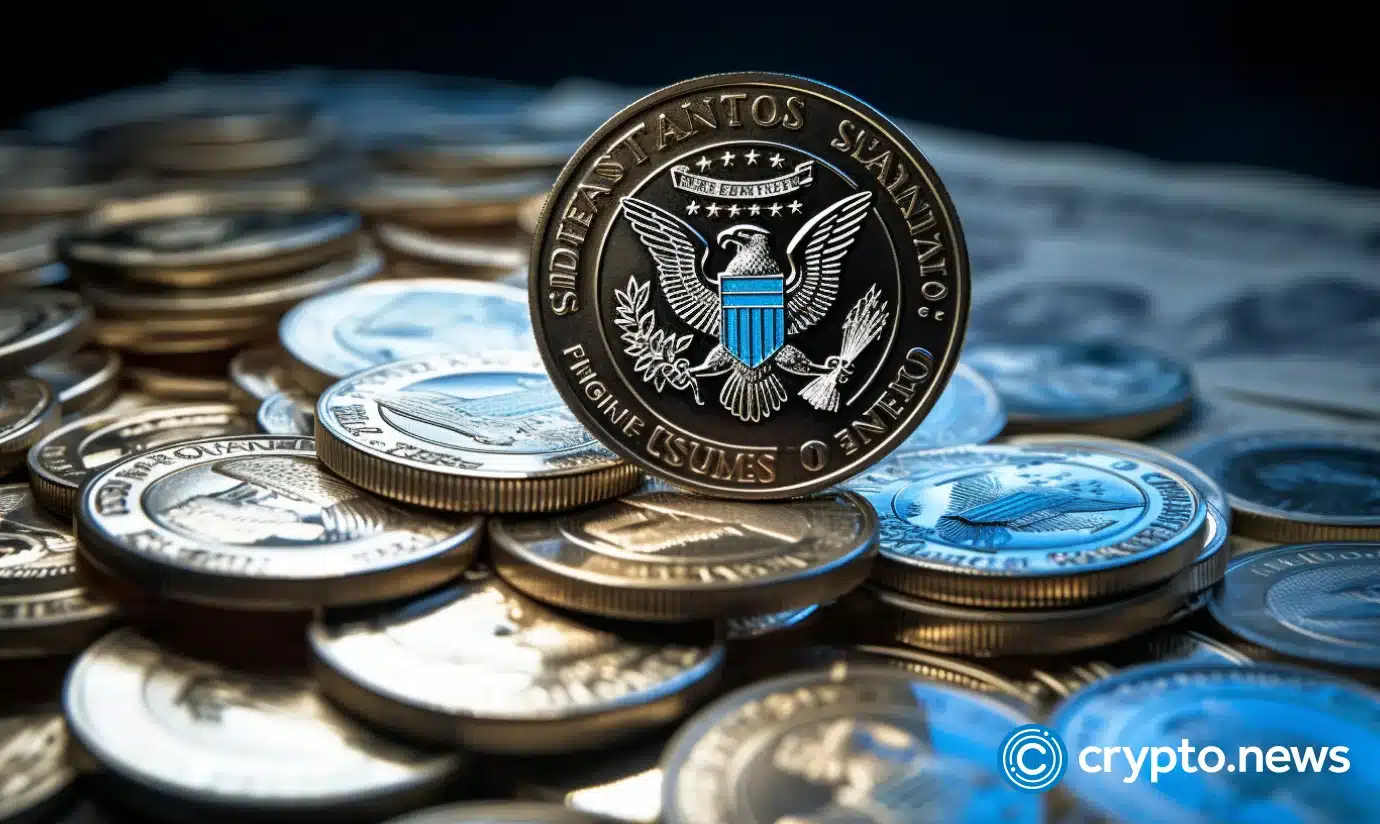[ad_1]
FTX was a central trustee that embezzled its users’ money. With decentralized exchanges like Uniswap, such a trustee no longer exists. Therefore, more users than ever are currently flocking to Uniswap. But are decentralized exchanges really the solution – or rather part of the problem?
Maybe the FTX bust has something good. Maybe she’s teaching the world not to trust central middlemen. Maybe in the future more people will keep their keys themselves and thus be more independent.
Perhaps the FTX bust will be retroactive to the moment that became the breakthrough moment for decentralized finance (DeFi), especially decentralized exchanges (Dex). For example for Uniswap, the undisputed market leader.
There are signs and signals!
Trading volume on Uniswap nearly tripled on November 8th, the day FTX’s bankruptcy became obvious . It increases from $1.2 to $3.59 billion a day.
On November 14, Uniswap Labs posted a chart on Twitter showing the daily number of new users or wallets interacting with the Uniswap smart contract. The number hit a record for 2022 at more than 55,000.
New users of Uniswap’s Web App reached a 2022 high.
Self-custody and transparency are in demand and users are flocking to what they know and trust.
Let’s keep building. pic.twitter.com/IwPqTmx58J
— Uniswap Labs ? (@Uniswap) November 14, 2022
On November 15, Uniswap co-founder Hayden Adams tweeted that in the past 24 hours, Uniswap has overtaken US exchange Coinbase as the second largest exchange for trading Ethereum.
DEX starting to replace CEX?
Total ETH/USD (or stables) volume:
Binance: ~$1.9b
Uniswap: ~$1.1b
Coinbase: ~$0.6b https://t.co/FQR2PcIQzX— hayden.eth ? (@haydenzadams) November 14, 2022
Other exchanges and DeFi platforms, such as Curve, also reported that trading volume had doubled.
1inch, a sort of aggregator for various dexes, tweeted on November 11 that daily volume had reached almost $2 billion and the number of users of all decentralized exchanges had increased by 20 percent over the past three days.
In the last few days alone, a good 20 billion dollars have been traded on decentralized exchanges. And this at the bottom of a bear market!
This could be celebrated as a monumental success – a milestone on the way to a decentralized financial system without a trustee.
But the story is, unfortunately, not so simple.
Decentralized exchanges as a lifebelt
Let’s start with the easy and fun part: that there are very strong arguments for decentralized exchanges. The two most important are these:
First, users trading on them hold their private keys. There is no trustee who can embezzle something like FTX. Users become more independent and the markets more stable, as it is impossible for incompetent or corrupt trustees to trigger crises.
Second, Dexes are completely transparent. Everything that happens there happens on the blockchain. Information cannot be concealed or manipulated. A permanent audit takes place, at every moment and by everyone. A cleaner market is emerging.
DeFis are great. They make markets better and strengthen user autonomy. It’s difficult to imagine a future where decentralized finance platforms aren’t at the heart of global finance, and it would be a shame if they didn’t.
But this is not about the future, but about today. It’s not about potential, but about facts, not about abstract goals, but about concrete problems:
Are decentralized exchanges a solution to today’s crypto market woes? Or are they rather less a solution and more part of the problem?
Why you are more likely to lose money through decentralized exchanges than escrow
Of course, a bankruptcy like that of FTX cannot happen to a decentralized exchange. By definition, there is no middleman who holds tokens in trust.
However, it would be a devastating short circuit to think that users cannot lose coins on decentralized exchanges. They can – and how!
Because DeFis can be hacked, and this happens with frightening regularity. The website cryptosec.info has listed 122 DeFi hacks since 2020 – much more than with centralized exchanges. Estimates of how much was stolen vary:
Cryptosec names $3.8 billion total,
Cointelegraph $ 10 billion for 2021 alone, and
Security Boulevard $3 billion for 2022 (as of October 17).
The losses are obviously huge and in a league with those from FTX. Because of the sheer number, the risk of a hack on a decentralized exchange is much greater than on a central one. You are more likely to lose money on a Dex than on a traditional exchange.
It may be that solid platforms use a smart contract that is free of bugs. But this also applies to solid exchanges. In both cases, the user has to trust that the people writing the code are doing their job well. DeFi does not change the security model of the users. If anything, it makes this one worse.
But there is more. The worst is yet to come.
Why DeFi is a central part of the cause of the crypto crisis
DeFi was an essential part of the operations that led to the FTX bankruptcy.
This happened in the following way: FTX issued the token FTT, the sister company Alameda Research held a good 80 percent of it, the Binance exchange another 10-15 percent. The token was completely illiquid, the price was pure imagination.
No bank or central lender would have accepted FTT as collateral for a loan. Never! But FTX managed to use the tokens in the DeFi ecosystem as such to raise loans. This was made possible because FTX accumulated the governance tokens that such platforms like to issue, and manipulated the vote on whether to allow FTT as collateral in its own favor.
Without DeFis, the FTT tokens would probably have been just worthless shitcoins. DeFi has made it possible to extract toxic liquidity from them. The same probably happened with other illiquid, highly manipulable tokens. And this was probably – this is still somewhat speculative – the cause of the crisis that ultimately drove FTX into bankruptcy.
In short: The unregulated – and arguably unregulated – nature of DeFis makes it very difficult to prevent constructions that introduce systematic risks.
Actually you should know this. Because the crisis surrounding Celius, 3 Arrows and Terra was triggered by screwed up DeFi constructs: the Terra dollar and the incredibly high interest rates for it.
A (poor) solution to self-created problems
DeFi may, in theory, be a solution. The autonomy and transparency that decentralized exchanges and lending platforms create can – and will! – make the future of finance much better. At some point one will think back with horror to a barbaric time before DeFi.
But at the moment one has to come to a sobering conclusion: DeFi at best solves the problems that it helped to cause itself – in a way that eliminates fiduciary risks, but exposes users to a presumably greater risk of hacks.
That may change in the future. Hopefully. But for now it is what it is.
Post Views: 613
[ad_2]




